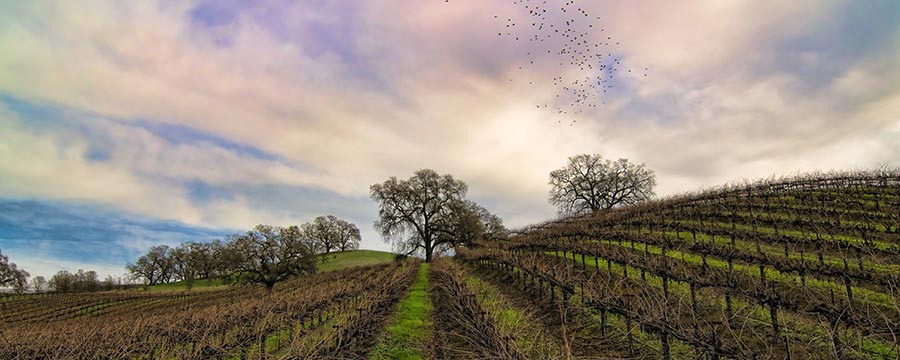
Vintners and others in the community had the forethought to preserve open space and prevent future over-development by enacting the nation's first Agriculture Preserve.
The Napa County Department of Planning, Building and Environmental Services has been working for several years to develop a Climate Action Plan (CAP) for the unincorporated areas of the Napa county. The goal of the CAP is to quantify current emissions and reduce greenhouse gas emissions to 1990 levels. Vintners and growers are proactively working to address climate change through a variety of methods, including participation in Napa Green, increased use of solar energy and the adoption of greenhouse gas reducing best management practices. To learn more about the planning process or how emissions are quantified, visit the county's CAP website.
The San Francisco Bay Regional Water Quality Control Board (RWQCB) is tasked with implementing a program for Napa and Sonoma County vineyards to effectively reduce the sediment discharge from vineyards into impaired waterways. As one of the most heavily regulated agricultural areas in the world, Napa has extensive erosion control measures in place and has taken a proactive approach to controlling erosion through the Napa Green program. To learn more about the proposed regulation, visit the RWQCB website.
A retrospective about the environmental leadership of Napa Valley's vintners and growers, from inception of the historic Agricultural Preserve in 1968, to innovative, new programs like Napa Green.